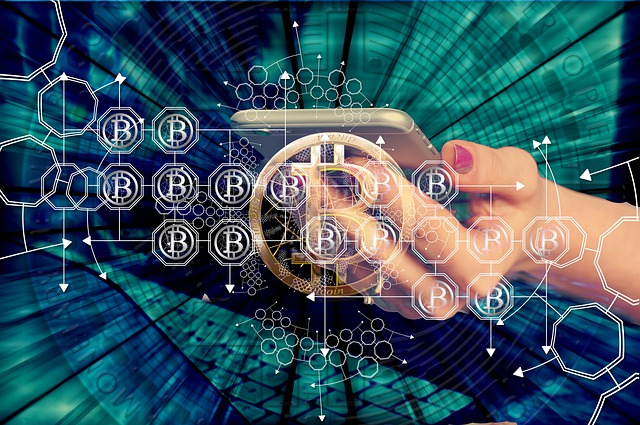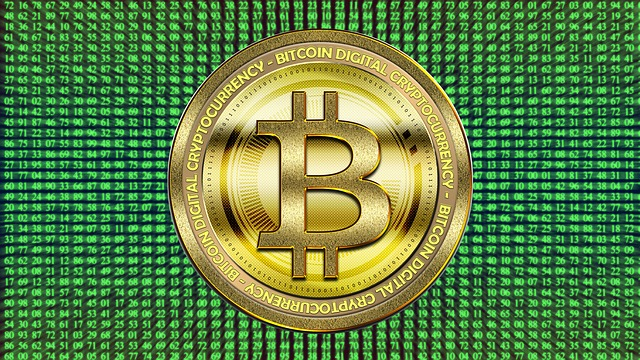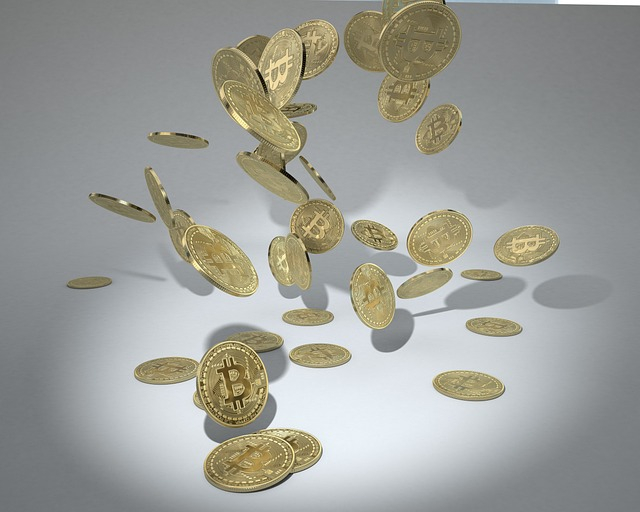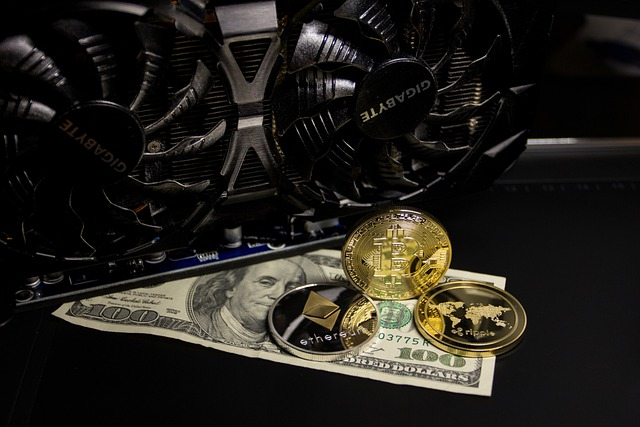Mining and the blockchain: How does mining contribute to the security of the blockchain?
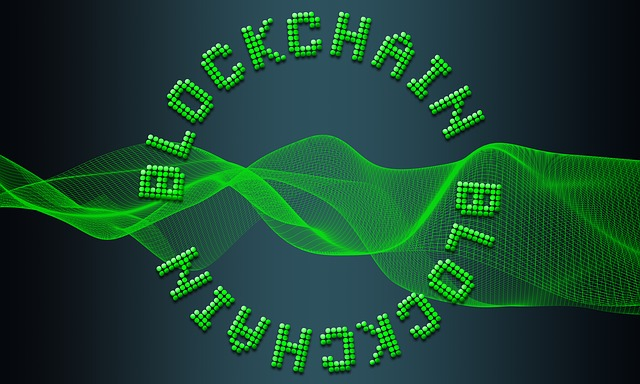 In the digital currency milieu, mining plays a pivotal role in maintaining the security, stability, and veracity of the blockchain, the distributed ledger that underpins the entire ecosystem. This erudite exposition seeks to elucidate the manifold ways in which mining activities contribute to the fortification of the blockchain, enabling the seamless and secure transmission of digital assets and safeguarding the integrity of the system against malicious incursions. Securing the Blockchain: The Role of MiningWithin the context of the blockchain, the perspicacious miner serves as a guardian and arbiter, wielding a panoply of tools and techniques to uphold the sanctity of the distributed ledger:
The Impregnable Fortress: Mining and Blockchain SecurityThe intricate interplay of mining activities and the blockchain serves to create an impregnable fortress that is highly resistant to nefarious incursions:
ConclusionAs the linchpin of the blockchain ecosystem, mining plays an indispensable role in ensuring the security, stability, and veracity of the distributed ledger and the digital assets it underpins. By validating transactions, creating new blocks, and implementing consensus mechanisms, miners serve as the bulwark against malicious incursions and contribute to the ongoing resilience and success of the blockchain. Moreover, through the intricate interplay of computational complexity, decentralization, and immutability, mining activities help to create an impregnable fortress that stands as a testament to the robustness and ingenuity of the blockchain technology. As the digital currency landscape continues to evolve and expand, the role of mining in maintaining the sanctity of the blockchain will remain a critical and enduring aspect of this dynamic and transformative ecosystem. Article and video for topic: Mining and the blockchain: How does mining contribute to the security of the blockchain?. Author: Jonathan Burroughs |
